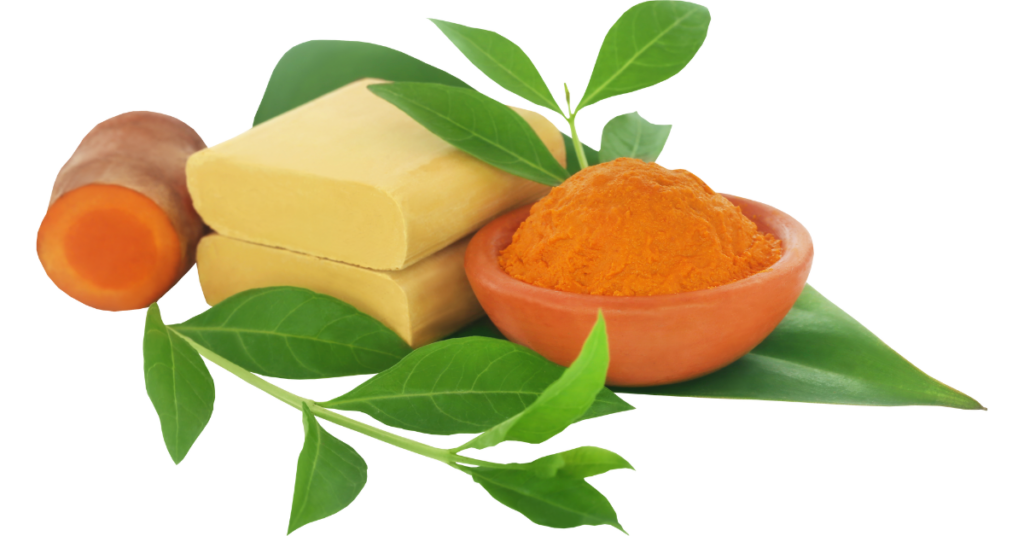Sandalwood – Essential Oil
Sandalwood (Santalum album)
Sandalwood oil has been documented as being useful in the treatment of gonorrhoea, it is also renowned for being an aphrodisiac – however, it has many more uses and has millennia of documented use in traditional medical systems.
Sandalwood plays a big role in Ayurvedic medicine and has a long history of use. It is mentioned as far back as the 5th century BC in the “Nirkuta” which is among the oldest of the Hindu Vedas. The best oil comes from the Mysore (now called Karuataka) district of south India. It is used for balancing the skin and has an appealing aroma. The throat area is the area of self-expression and communication, and this oil tends to work well in this area.
Uses include:
Sexually-transmitted Infections (STIs)
Bronchitis
Cough
Catarrh
Sinuses
Dry eczema
Cystitis
Anxiety and depression
Cautions
Do not use on babies and children under the age of 12 years.
Sexually-transmitted Infections (STIs)
Sandalwood oil is antiseptic and soothing.
Directions for use
Bath: Add up to 5 drops of pure essential oil to a bath of water, and lie back and relax.
Compress: Add 1 to 2 drops of pure essential oil to 1 litre of warm water. Lay sterile material on the surface of the water thus attracting a film of oil onto the cloth. Apply the material onto the affected area and leave for 10 minutes. Repeat daily.
Massage: Mix 20 ml of carrier oil (sweet almond, grapeseed) to a maximum of 10 drops of pure essential oil, using sandalwood oil in the blend.
Bronchitis
Sandalwood oil is soothing.
Directions for use
Bath: Add up to 5 drops to bath of water, and lie back and relax.
Oil Burners: Sprinkle up to 5 drops of pure essential oil onto water and light the burner.
Inhalation: Boil 1 litre of water and pour into a bowl, add up to 10 drops of pure essential oil, place a towel over your head, and allow steam to rise and inhale. Use once a week.
Handkerchief: Put a couple of drops of pure essential oil onto a tissue or handkerchief and inhale as and when required.
Massage: 20 ml of carrier oil (sweet almond, grapeseed) to 10 drops of pure essential oil.
Cough
Sandalwood oil is soothing for dry coughs.
Directions for use
Bath: Add up to 5 drops to bath of water, and lie back and relax.
Oil Burners: Sprinkle up to 5 drops of pure essential oil onto water and light burner.
Inhalation: Boil 1 litre of water and pour into a bowl, add up to 10 drops of pure essential oil, place a towel over your head, and allow steam to rise and inhale. Use once a week.
Handkerchief: Put a couple of drops of pure essential oil onto a tissue or handkerchief and inhale as and when required.
Massage: 20 ml of carrier oil (sweet almond, grapeseed) to 10 drops of pure essential oil.
Oil Burners: Sprinkle up to 5 drops of pure essential oil onto water and light the burner.
Catarrh
Sandalwood oil acts as a decongestant.
Directions for use
Bath: Add up to 5 drops to bath of water, and lie back and relax.
Oil Burners: Sprinkle up to 5 drops of pure essential oil onto water and light burner.
Inhalation: Boil 1 litre of water and pour into a bowl, add up to 10 drops of pure essential oil, place a towel over your head, and allow steam to rise and inhale. Use once a week.
Handkerchief: Put a couple of drops of pure essential oil onto a tissue or handkerchief and inhale as and when required.
Massage: 20 ml of carrier oil (sweet almond, grapeseed) to 10 drops of pure essential oil.
Oil Burners. Sprinkle up to 5 drops of pure essential oil onto water and light the burner.
Sinuses
Sandalwood oil’s antiseptic and soothing qualities relieve symptoms.
Directions for use
Inhalation: Boil 1 litre of water and pour into a bowl, add up to 10 drops of pure essential oil, place a towel over your head, and allow steam to rise and inhale.
Handkerchief: Put a couple of drops of pure essential oil onto a tissue or handkerchief and inhale as and when required.
Dry eczema
This oil is soothing and calming, and due to its emollient properties, it is great for this condition.
Directions for use
Compress: Add 1 to 2 drops of pure essential oil to 1 litre of warm water. Lay sterile material on the surface of the water thus attracting a film of oil onto the cloth. Apply the material onto the affected area and leave for 10 minutes. Repeat daily.
Massage: Mix 1 drop of pure essential oil to 2 teaspoons of almond or grape seed oil, or any other carrier oil, and rub into the affected area.
Bath: Add up to 5 drops of pure essential oil to a bath of water, and lie back and relax.
Cystitis
Sandalwood oil acts as an antiseptic and diuretic, flushing urine and bacteria out of the body.
Directions for use
Bath: Add up to 5 drops of pure essential oil to a bath of water, and lie back and relax.
Massage: Mix 20 ml of carrier oil (sweet almond, grapeseed) to 10 drops of pure essential oil.
Anxiety and depression
Sandalwood oil has a relaxing and soothing effect on the spirits.
Directions for use
Bath: Add up to 5 drops of pure essential oil to a bath of water, and lie back and relax.
Handkerchief: Put a couple of drops of pure essential oil onto a tissue or handkerchief and inhale as and when required.
Massage: Mix 20ml of carrier oil (sweet almond, grapeseed) to 10 drops of pure essential oil.
Oil Burners: Sprinkle up to 5 drops of pure essential oil onto water and light the burner.
Inhalation: Boil 1 litre of water and pour into a bowl, add up to 10 drops of pure essential oil, place a towel over your head, and allow steam to rise and inhale.
Further Information
Where grown: Sandalwood is a member of the Sasntalaceae family, which is native to India. It is commercially grown in the southern state of Karuataka, which used to be called Mysore. The tree is actually a parasite, a small evergreen tree that gets all it needs from the roots of its host tree.
Parts used and method of extraction: There is a sandalwood that grows in Australia, but the Indian oil is believed by Aromatherapists to be superior.
The oil comes from the heart of the tree, which has been dried and ground to a powder. The oil is then extracted by steam distillation.
Colour and smell: Most people find its spicy, warm smell appealing. It is yellow to deep brown in colour and thick in consistency.
Active Ingredients: Up to 90% of the oil is santalol. It also contains pinene, santalic acid, terasantalic acid.
Properties: Pulmonary antiseptic, sedative, slightly astringent, powerful antiseptic, aphrodisiac.
Mixes well with: Lavender, rose, geranium, patchouli, ylang ylang.


